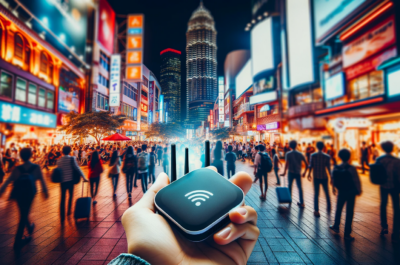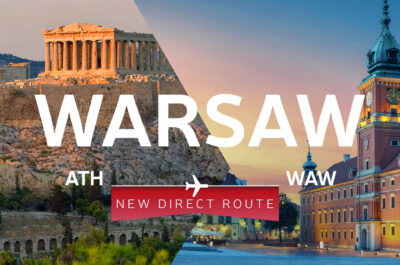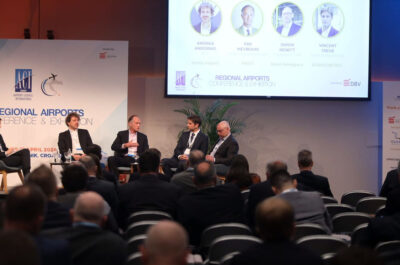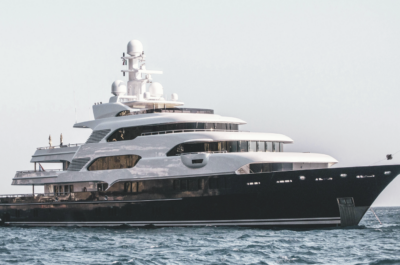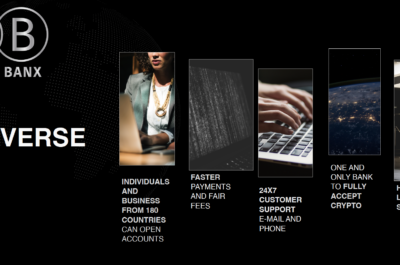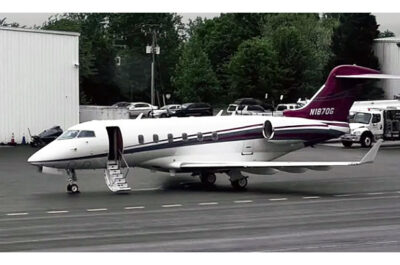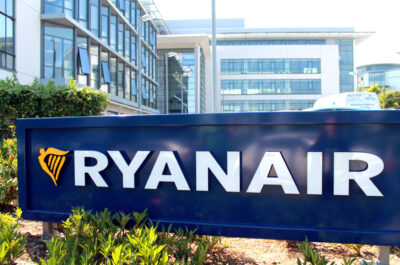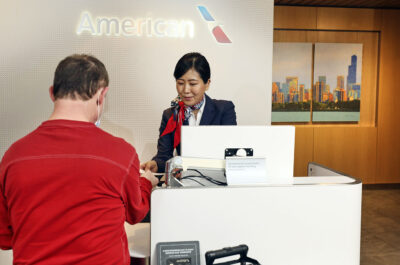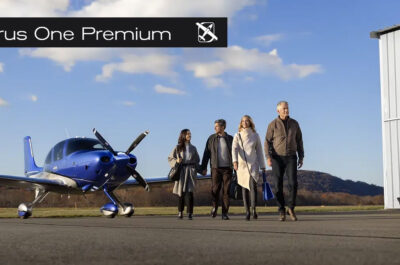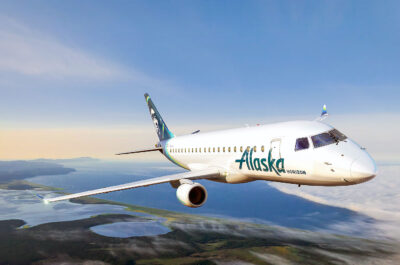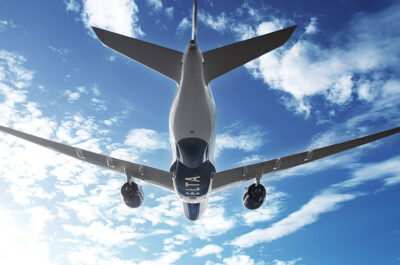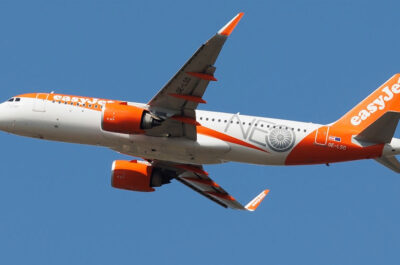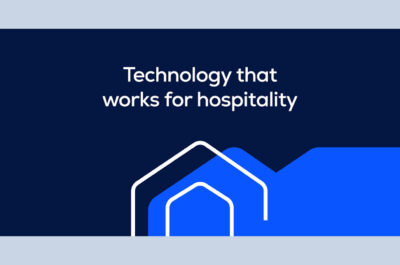Primarily, people want to stay in touch during their entire journey. Looking at analysis of the traffic on SITA OnAir’s networks, once inflight, over half of the most used apps are for messaging, email or voice over IP. The most widespread ones are WhatsApp, iMessage, Snapshot, Gmail and FaceTime.
HAMBURG – Over 20 airlines around the world are providing free inflight Wi-Fi and, according to the latest industry estimation from SITA OnAir, more than double will do it by 2020.
 “Take-up rate increases by up to ten times when airlines provide free inflight Wi-Fi. Passengers want inflight connectivity but very few expect to pay for it,” said Francois Rodriguez, Chief Strategy and Marketing Officer of SITA OnAir. “We are becoming digital omnivores and depending on the context, we want to connect our phones, tablets and laptops all the time. SITA OnAir is helping airlines keep up with this growing trend by providing the industry with the business model that meets the airline’s commercial strategy and brand positioning.”
“Take-up rate increases by up to ten times when airlines provide free inflight Wi-Fi. Passengers want inflight connectivity but very few expect to pay for it,” said Francois Rodriguez, Chief Strategy and Marketing Officer of SITA OnAir. “We are becoming digital omnivores and depending on the context, we want to connect our phones, tablets and laptops all the time. SITA OnAir is helping airlines keep up with this growing trend by providing the industry with the business model that meets the airline’s commercial strategy and brand positioning.”
SITA’s passenger research shows nearly every passenger has the potential to be connected:
- 97% have a personal electronic device of some form
- 81% carry a smartphone
- 43% bring a tablet
- 43% fly with a laptop
- 18% have a phone, a tablet and a laptop.
 “People are addicted to being connected,” continued Rodriguez. “A study in the US showed that 60% of people cannot go without Wi-Fi for more than a day. 39% would sacrifice coffee and would give up 43% chocolate in return for Wi-Fi access. Airlines need to think hard about inflight amenities. Newspapers and peanuts are traditionally used to keep passengers happy. But things have changed and the new generation of passengers clearly prefers to access social media instead.”
“People are addicted to being connected,” continued Rodriguez. “A study in the US showed that 60% of people cannot go without Wi-Fi for more than a day. 39% would sacrifice coffee and would give up 43% chocolate in return for Wi-Fi access. Airlines need to think hard about inflight amenities. Newspapers and peanuts are traditionally used to keep passengers happy. But things have changed and the new generation of passengers clearly prefers to access social media instead.”
Different business models have been adopted to meet this demand:
- Emirates provides free Wi-Fi for all its passengers, in every class, as a standard cabin service.
- SAUDIA provides complimentary Internet to its premium passengers, through a dedicated phone and tablet app.
- Singapore Airlines also provides free Wi-Fi for its premium passengers, sponsored by an external company. In this case it is Citibank, which has covered the implementation costs of the promotion.
- Philippine Airlines provides free Wi-Fi to celebrate specific events throughout the year, such as the opening of a new route or calendar events like Christmas, with a dedicated promotion.
 Primarily, people want to stay in touch during their entire journey. Looking at analysis of the traffic on SITA OnAir’s networks, once inflight, over half of the most used apps are for messaging, email or voice over IP. The most widespread ones are WhatsApp, iMessage, Snapshot, Gmail and FaceTime.
Primarily, people want to stay in touch during their entire journey. Looking at analysis of the traffic on SITA OnAir’s networks, once inflight, over half of the most used apps are for messaging, email or voice over IP. The most widespread ones are WhatsApp, iMessage, Snapshot, Gmail and FaceTime.
The next biggest group of apps is social media, which is also arguably about communication. Facebook, Twitter and Instagram come top. Search engines – Google and Yahoo – are also popular, as are YouTube, Spotify, Google Map and Apple Map.
“Inflight connectivity is now a must for the entire fleets,” continued Rodriguez. “Airlines are also recognising that it can provide significant operational benefits. The resulting savings and improvement in the passenger experience will give every airline the opportunity to also embrace the airline digital transformation.”
Current operational uses of connectivity include crew tablets, which can provide real-time payment for duty free, live baggage tracking, value-added services at the destination, information about connecting flights and re-booking in the case of delays. The Wi-Fi network can be used to connect the cabin crew and passengers for inflight services, such as food and drink requests. Pilots also use connectivity, for example connected Electronic Flight Bags, to receive up to date weather maps, so they can avoid turbulence, making flights more comfortable for passengers, as well as reducing fuel burn.
“This is the start of the connected aircraft,” concluded Rodriguez. “Airlines are using the aircraft connectivity for more applications to help the cabin and cockpit crew. The deployment of operational applications, including maintenance reporting and aircraft health monitoring is also already happening.”
SITA OnAir is already a leading provider in the connected aircraft market with nearly 400 airline customers operating over 14,000 aircraft. Of those, 22 provide SITA OnAir’s Wi-Fi and mobile phone products, making SITA OnAir one of the industry most dominant inflight connectivity players.
e Aircraft Internet SITA OnAir Infographic
Vicky is the co-founder of TravelDailyNews Media Network where she is the Editor-in Chief. She is also responsible for the daily operation and the financial policy. She holds a Bachelor's degree in Tourism Business Administration from the Technical University of Athens and a Master in Business Administration (MBA) from the University of Wales.
She has many years of both academic and industrial experience within the travel industry. She has written/edited numerous articles in various tourism magazines.

























































































































































